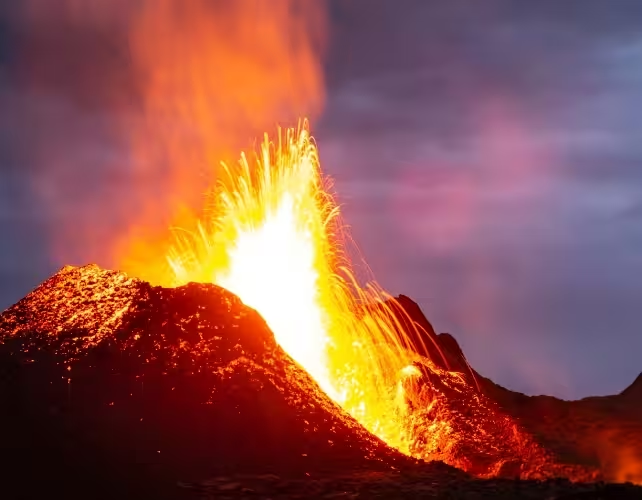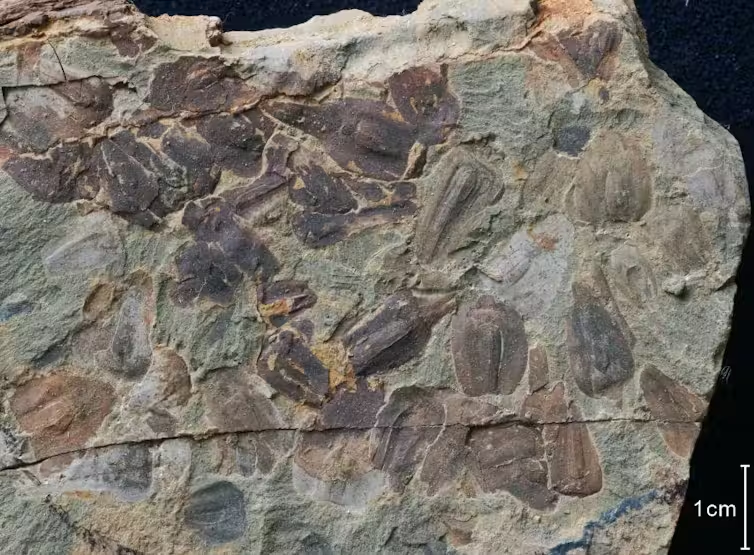5 Minutes
The Greatest Extinction Event in Earth's History
Around 252 million years ago, Earth experienced the most devastating mass extinction event in its geological history: the Permian-Triassic extinction, often referred to as "the Great Dying." This catastrophic period saw the disappearance of up to 94% of marine species and more than two-thirds of terrestrial vertebrate families. Even tropical forests, vital as major carbon sinks in regulating planetary temperature, suffered near-complete collapse, fundamentally altering the global climate system.
The Geological Trigger: Supervolcanoes and a Surge in Greenhouse Gases
Scientists have long identified enormous volcanic eruptions as the primary driver behind the Great Dying. These eruptions, known as the Siberian Traps, unleashed vast quantities of molten rock into what is now western Siberia. This region’s sedimentary basin was loaded with organic material. The intense heat from the eruptions not only melted the bedrock but also released massive bursts of carbon dioxide into the atmosphere. This greenhouse gas surge occurred over a span estimated between 50,000 and 500,000 years — a geological instant — and resulted in a dramatic, rapid rise in global temperatures. Models and fossil data indicate that average land temperatures soared by 6°C to 10°C, overwhelming the adaptability of most life forms. Usually, after such volcanic events, Earth's climate gradually recovers over hundreds of thousands to a million years, but this time, extreme heat lasted far longer, pointing to a unique, enduring disturbance in carbon cycling and ecological stability.
Persistent Super Greenhouse Conditions: Searching for Answers
Despite broad scientific agreement on the initial cause, the enduring nature of "super greenhouse" conditions puzzled researchers for decades. Equatorial temperatures averaged over 34°C (about 8°C hotter than today’s tropics) and these high-heat conditions lasted for roughly five million years, far outlasting the volcanic eruptions themselves. A crucial new study, published in Nature Communications, now provides compelling evidence for why the warming persisted: a massive collapse of tropical forests, which drastically reduced the planet's ability to reabsorb carbon dioxide and return to equilibrium temperatures.

Fossil Record Insights: Disappearance of Carbon Sinks
Researchers examined a comprehensive fossil record spanning multiple plant biomes—ranging from tropical and subtropical forests to arid shrublands—tracking ecological changes from just before to millions of years after the extinction. The investigation confirmed a total extinction of tropical and subtropical forests in the immediate aftermath, followed by a prolonged absence, known geologically as the "coal gap," due to the lack of buried plant material. This absence signified the breakdown of the organic carbon cycle, as fewer plants survived to absorb atmospheric CO2. Where lush forests once spanned the equator, only diminutive, hardy lycopods (spore-bearing plants just 2–20 cm tall) replaced them. Some enclaves of larger vegetation persisted near the poles and in cooler highlands, but these were also less effective at fixing carbon. This transformation resembled the replacement of today’s rainforests with sparse scrub, dramatically diminishing the Earth’s carbon-storing capacity for millions of years.
How Forests Shape Global Climate Balance
Using modern measurements of net primary productivity—the rate at which plants capture atmospheric CO2 and convert it into organic matter—scientists reconstructed biomes from the fossil evidence and simulated their impact with advanced carbon cycle models such as SCION. Analysis revealed that the sharp decrease in plant-based carbon capture after the Siberian eruptions allowed elevated temperatures to persist for five to six million years. Only as forests and other vegetation slowly recolonized the continents did the organic carbon cycle recover, gradually pulling the planet out of its hothouse state.
Climate Tipping Points and Ecosystem Resilience
The study’s results reinforce a crucial climatic principle: tropical and subtropical forests play an irreplaceable role in stabilizing global temperatures and carbon dioxide levels. When these environments collapse, the Earth’s climate can shift abruptly into a new, much hotter equilibrium. Moreover, the recovery of complex plant communities is extremely slow following such catastrophic disruption, extending adverse climatic effects far beyond the original environmental shock.

Lessons for Today: Climate Change and the Role of Forests
Although the rate and timescale of modern climate change differ—today’s shifts are occurring over decades to centuries rather than millennia—the ancient extinction event offers a sobering lesson. The resilience of terrestrial life is limited when faced with rapid, large-scale environmental change. During the Permian-Triassic event, the inability of plants to adapt within just 1,000-10,000 years led directly to widespread ecological collapse. Our current reliance on tropical and subtropical forests as natural carbon sinks underscores the critical dangers posed by their destruction. Contemporary deforestation, accelerated warming, and biodiversity loss could push Earth past critical tipping points, leading to feedback loops that further intensify climate change.
Conclusion
The Permian-Triassic mass extinction stands as a profound example of how disruptions to Earth's carbon cycling, especially the destruction of large forested biomes, can entrench the planet in prolonged periods of extreme heat. Groundbreaking research now illustrates that the loss of ancient tropical forests locked Earth in a hothouse climate for millions of years, delaying recovery until these ecosystems eventually rebounded. This scientific insight carries vital implications for our own era: protecting and restoring forests worldwide remains one of the most effective ways to maintain climate stability and prevent potentially irreversible warming. Understanding how ancient climate catastrophes unfolded arms humanity with knowledge to better navigate the environmental challenges of our future.
Source: theconversation



Comments